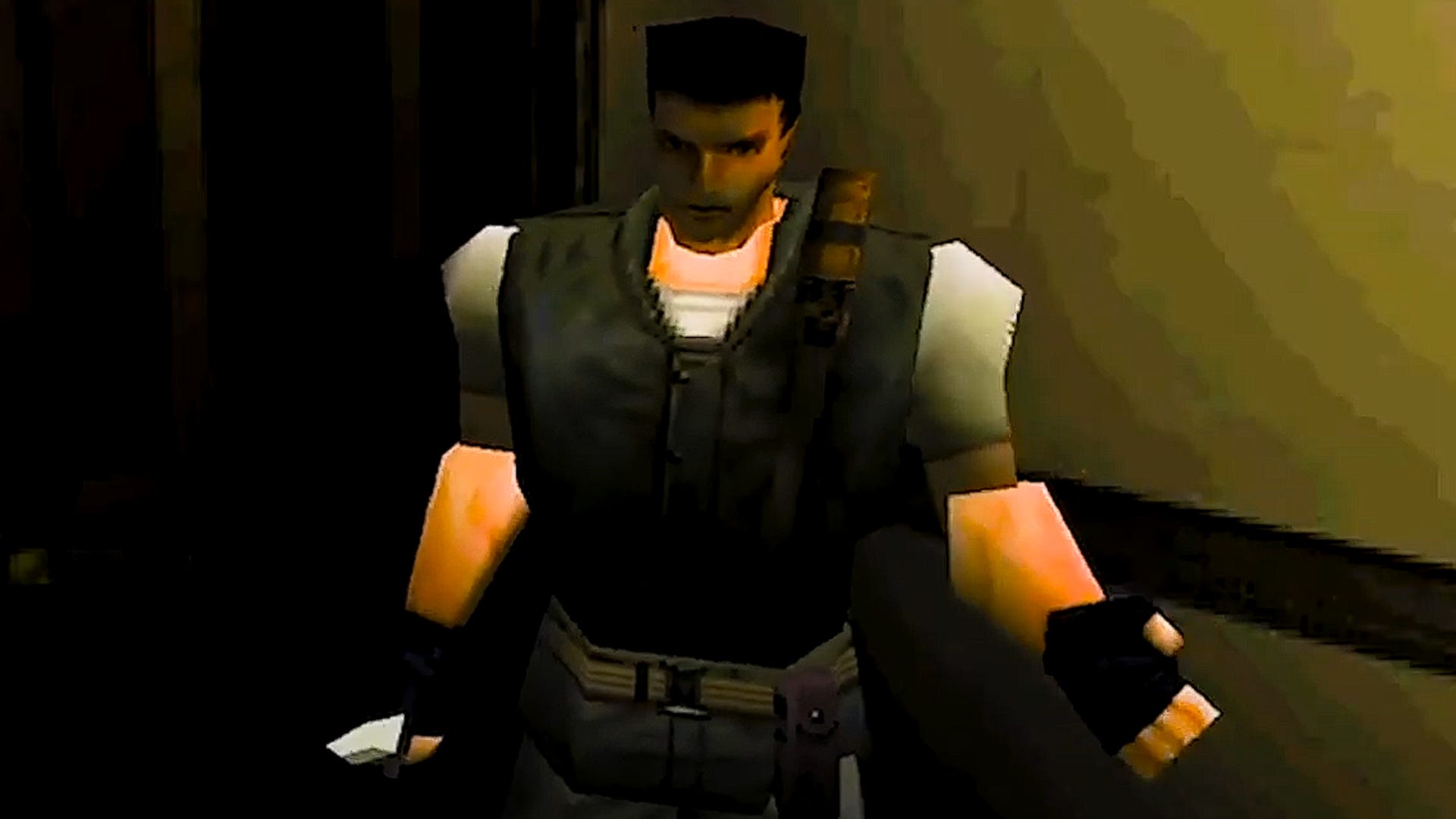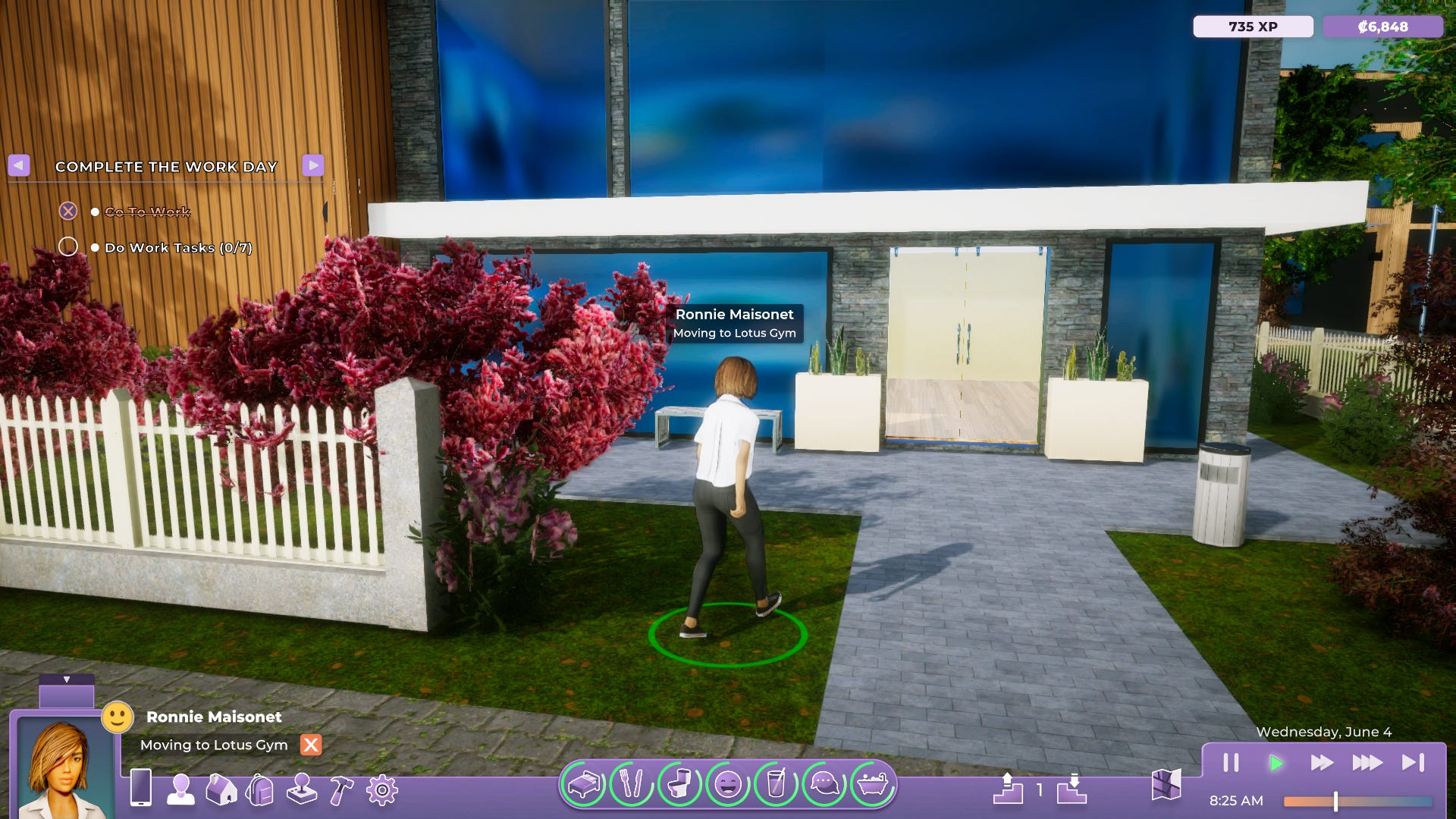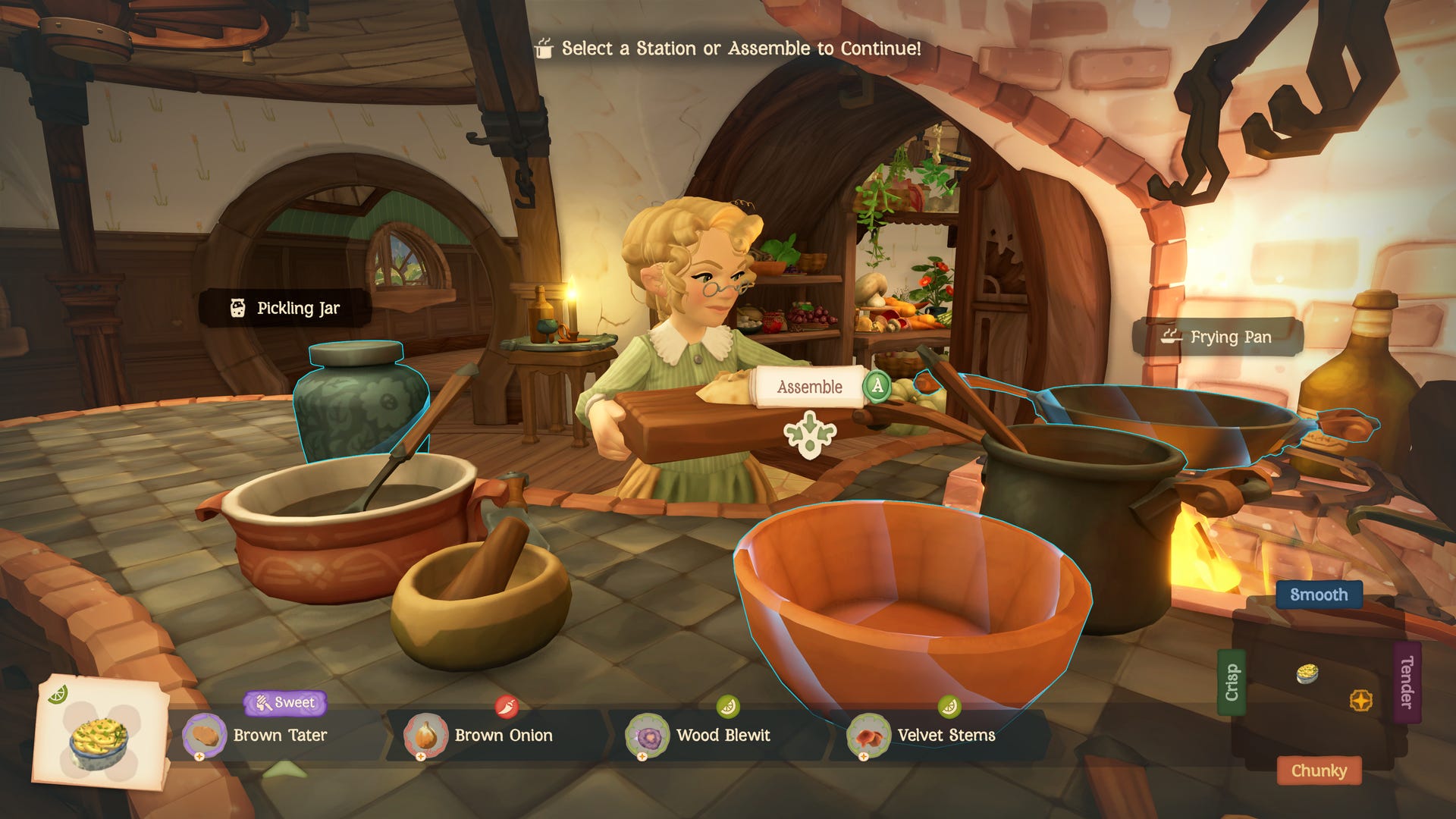Mortal Kombat 1 has a new patch that finally removes the 30fps cap for cutscenes on PC.
NetherRealm’s fighting game launched with a 30fps cap for in-game cutscenes such as Fatalities despite gameplay running at 60fps. Developer NetherRealm has insisted this cap lets it create flashier cutscenes, but some players have said the switch from 60 to 30 and back again is jarring.
Now, in a fresh update for Mortal Kombat 1, that 30fps cap is removed with the addition of a new graphics setting that increases the lock to 60fps on PC only, but it’s worth noting that NetherRealm warned this setting is intended for PC gamers with high-end rigs.
The patch, also available on PlayStation 5 and Xbox Series X, makes a number of character fixes, including to the recently released DLC character Homelander. The patch notes are below.
Also this week, NetherRealm delayed the launch of Kameo character Ferra and announced the release date of the final Kombat Pack 1 DLC character, Takeda. Ferra, the small fighter who sat atop the hulking Torr as part of the combined Ferra & Torr character from Mortal Kombat X, was set to hit Mortal Kombat 1 in Kameo form later in June, but now launches alongside Takeda’s early access release on July 23.
Thoughts now turn to what follows for Mortal Kombat 1 during its second year, with NetherRealm yet to announce future DLC plans. Earlier this month, a prominent Mortal Kombat 1 dataminer uncovered evidence to suggest that Ghostface from the Scream franchise is an upcoming DLC character. Ghostface was assumed to be a part of the inevitable Kombat Pack 2, but the character’s release may be tied up with the ongoing issues surrounding the next movie in the series, Scream 7.
NetherRealm development chief Ed Boon has confirmed Mortal Kombat 1 will eventually get story DLC and “a big surprise after that.” Meanwhile, the Mortal Kombat 2 movie is due out October 24, 2025.
Mortal Kombat 1 Patch Notes – PS5, XSX, Steam and EGS | 06/18/2024
JUNE HOTFIX
PC Steam & Epic Games Store
- Added a new Graphics Setting to increase the 30 FPS lock on certain sections to 60 FPS, which is intended for users with High-End Hardware
- The new setting to enable this is accessed via Main Menu > Settings > Graphics > Experimental > 60 FPS Mode: OFF (Default)/ON
- Note that this setting will not affect pre-rendered movies and will be automatically disabled during Online Matches to avoid stability issues
General Fixes & Adjustments
- Fixed several desyncs that could occur during online play if the game had been hot-fixed
- Adjusted camera behavior when Homelander, Omni-Man, or Peacemaker are interrupted or hit high off screen
Character Specific Adjustments
- Main Fighters
- Reptile
- Fixed damage scaling on Force Ball when not enhanced
- Peacemaker
- Human Torpedo & Enhanced Human Torpedo now hits High
- Reduced base health value to 650 (from 700)
- Homelander
- Fixed canceling into Flight when grounded more than once in a kombo not consuming Super Meter
- Fixed Jump Attacks during Flight be able to be canceled into Flight on block
- Fixed not being able to breaker God Complex & Enhanced God Complex
- Improved Punching Down linking into God Complex & Enhanced God Complex from Flight when it hits opponent near the top
- Fixed issue that could result in Homelander sliding on the ground sometimes when God Complex from Flight was canceled from certain heights
- Fixed rare issue that could result in Homelander sliding on the ground sometimes when God Complex from Flight was performed just as flight was about to time out
- Fixed rare instances of some juggle kombos sometimes behaving slightly differently against Homelander with specific timing
- The following attacks can no longer be parried by Dirty Trick
- Kitana – Fancy Strike (Away + Front Punch)
- Rain – Tide (Away + Back Punch) & It Pours (Back Punch, Front Punch, Front Punch, Back Punch)
- Reptile – Kneet Trick (Towards + Back Punch, Front Kick)
- Sindel – Shear Genius (Towards + Front Punch) & Off The Top (Away + Back Punch, Front Kick, Back Punch)
- Ermac – Dragged Under (Front Kick, Back Kick)
- Peacemaker – Gutshot (Away + Back Kick) & Pinky Toermenter (Down + Back Kick)
- Quan Chi – Skeleton Jacker (Towards + Back Punch, Front Punch)
- The following attacks can now be parried by Dirty Trick
- Ashrah – God’s/Demon’s Wrath & Dark/Light Ascension
- Baraka – Baraka Barrage, Stab Stab, & Chop Chop
- Havik – Twisted Torso
- Kenshi – Quick Slice (Jump Front Punch in Sento Stance), Upper Gash (Jump Back Punch in Sento Stance), Ancestral Guard, Soaring Sento, & Teamwork
- Kung Lao – Kung-Kussion & Shaolin Shimmy
- General Shao – Power Strike
- Smoke – Vicious Vapors & Smoke Bomb
- Peacemaker – Coming Through! (Towards + Back Kick, Front Punch)
- Homelander – Grounding Fist from (Air) Diabolical Dash & Soaring Strike from Diabolical Dash
- Kameo Fighters
- Cyrax
- Fixed canceling into Horizontal Kopter Chopper from Kopter Chopper not using Kameo Meter
- Khameleon
- Reduced pushback on block of first 2 hits of Roll & slightly reduced the pushback on block of the last hit
- Reduced base health value to 250 (from 300)
- Janet Cage
- Slightly increased combo damage scaling on Hop Punch & Hop Skip Punch
Wesley is the UK News Editor for IGN. Find him on Twitter at @wyp100. You can reach Wesley at wesley_yinpoole@ign.com or confidentially at wyp100@proton.me.



